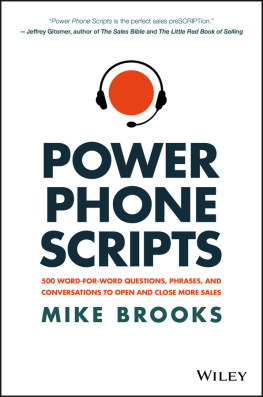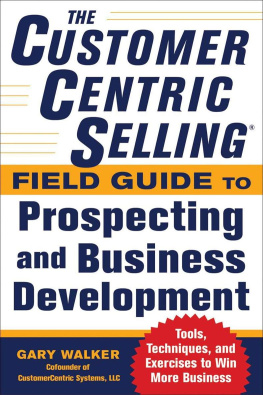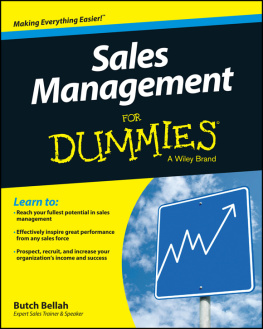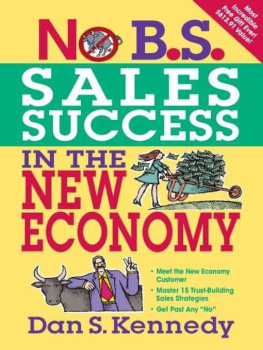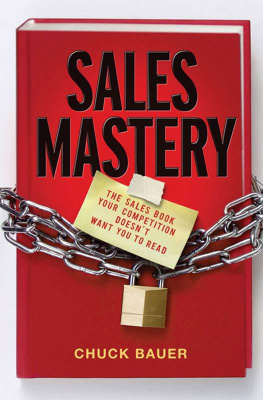Today, we have a world population of about 6 billion people. The Internet and cheap phone calls make it easier to connect technologically speaking than ever before. Advances in information technology, service delivery and manufacturing make it possible to build products and services that suit almost anyone.
So why then, does it seem that the actual process of finding people who want to buy your goods and services has become so difficult when its obvious that those people are out there?
You see, in todays world of sales just about everything has become that little bit more difficult. It seems that the problem is not one of supply and demand but rather a growing rift between how people want to buy and how some sales people continue to sell.
Its long been said that people hate to be sold to but they love to buy. This is true even in murky economic times. Just look at the sales for Plasma TVs and other consumer items like smart phones, tablet PCs, online music, broadband Internet connections and hybrid cars. Its hard to describe how anyone would need any of these products and yet the sales of these items are strong and even record-breaking.
So whats the problem?
Its easy to say that things have changed, but how have they changed? Are people really all that different? Has human psychology changed so much that were almost dealing with a new race of beings?
Fortunately, the fundamentals of what makes up the psyche of a person and population havent really changed all that much. Instead, what has changed is how were able to interact, how often those interactions occur and how were able to use an unprecedented level of access to information to protect our own minds from a deluge of attempts to get our attention from the outside world.
This has led to changes in the way that we make our purchasing decisions. To better understand these changes, challenges, and trends, its valuable to look at the profession of sales and influence along a timeline.
Selling In The Past
Go back far enough in time and you will find sales as an active profession!
After all, what is sales?
Its all about connecting people with what they want or need. Jokes aside about the oldest profession in human history, sales really is the oldest profession in the book! That second-oldest profession wouldnt have been possible unless the proprietor was engaging in sales.
There werent nearly as many people walking the earth then as there are today.
You could literally walk for weeks before seeing any signs of other human life. At a bazaar, what was available for sale?
There were fruits, meats, water skins and other provisions you could probably identify with ease. After haggling over a price, you exchanged your money for a measure of stuff and went on your way. And if a merchant was a dishonest cheat, you stabbed him with a spear!
The Show Up And Throw Up Era
Fast forward to the not-so-distant past and things look a little different.
Manufactured goods have entered the scene and its not so obvious what makes one product good and another product bad. Sometimes something might look shiny and life-altering in the showroom but falls apart the moment its put into service. Industrial products could be even more complicated. As a buyer, how are you supposed to know how much horse power your plant needs to turn out widgets? In these settings, sales professionals were also consultants who helped you figure out what you needed. You trusted them to deliver.
With the advent of the telephone, motorised transportation, reliable mail delivery and even the emerging forms of mass media, it was now possible to find people to buy your stuff instead of waiting for them to walk by. There was once a time when picking up the phone was like waving a magic wand. Dialling for dollars some called it. People almost marvelled that you were calling them to offer a product or service. Few people were ever too busy to talk to a sales person about something they might need.
How times have changed! Lead generation at public gatherings and networking events was often successful.
At a networking event, handing out your business card was an easy way to get a call back. Other sales people would actually trade leads with you and even make referrals based upon the impression that you left on them from only a brief encounter. An hour at a networking event was well worth the time and was a great way to build your reputation as an expert in your field.
Back then, buyers were less savvy about their purchasing decisions. Often they had to trust the sales person to steer them in the right direction, and usually sent out signals indicating they knew virtually nothing about the product they were trying to buy. People would literally kick the tyres of a new car an indicator of absolutely nothing and expected the sales person to tell them what the best product was, and to help them make the final purchase decision.
That didnt mean people were dumb. Rather, that you as the sales person had a level of knowledge about your products that was almost always greater than that of your prospects and customers. After all, where would they go to learn about your product but to your showroom?
Advertising was much more effective in the past too.
Remember that big book with the really thin paper pages? Thats the phone book you know!
Not too many years ago, an ad in the phone book was almost guaranteed to make your phone ring, unless the ad was really, really bad. Radio and TV advertising worked well too. Ads were actually listened to and/or seen.
Direct mail was also a great way to generate leads and sales as well. A good long-copy sales letter could generate guaranteed income for years running.
In fact, taking a walk down the street and knocking on doors was a highly successful technique for bringing in sales.
All it took was guts and persistence.
It should come as no surprise that this era is what I call as the Show up and throw up era.

The dialogue was all one way!
All it took to be successful in sales was the guts to knock on enough doors or make enough phone calls and to be persistent until the sale was made.
Many of the tried and untrue sales tactics people think of when imagining the stereotypical sales person derive from this era.
They were intended to wear down the defences of the prospect until they either bought or threw you out!
How times have changed

The Consultative Selling Revolution
As people began to become more wary of the old sales processes and tactics, some began to move into a more consultative role.
This put more emphasis on a two-way dialogue between sales person and the prospect. Some began to think of customers more as clients, which comes from a word meaning a person who is under the care and protection of another.
A client-oriented sale is more collaborative and focused on the needs of the client rather than the quota of the sales person.
Consultative selling was a major advancement and should still be used as a basis for selling but, until the advent of the Internet, the buyer was still largely at the mercy of the sales person for accurate information about their products and services and how they could solve their problems and fulfil their needs.
In many cases, the sales person would literally write an RFP (request for proposal) for the client to hand back to the sales person.


